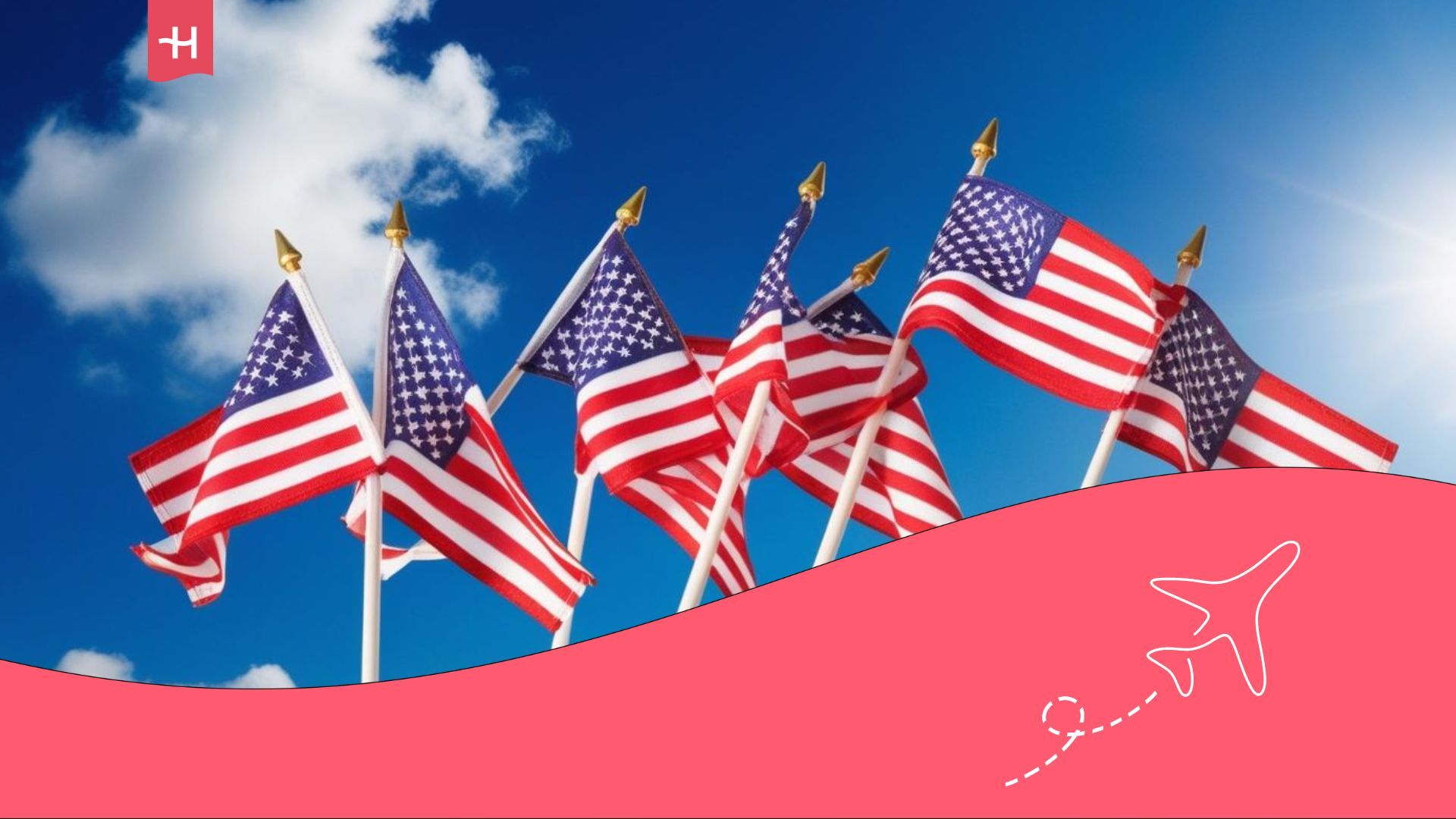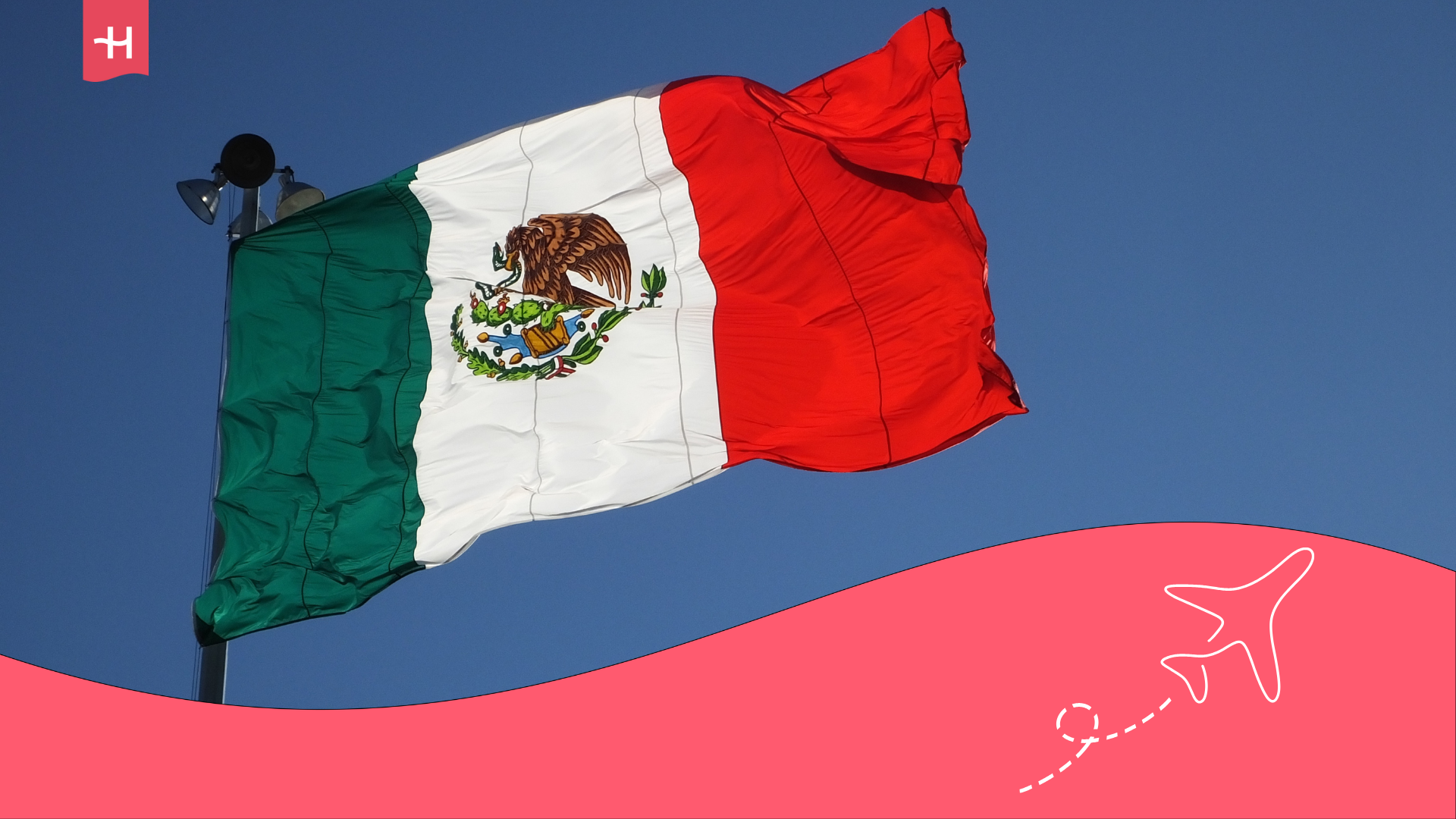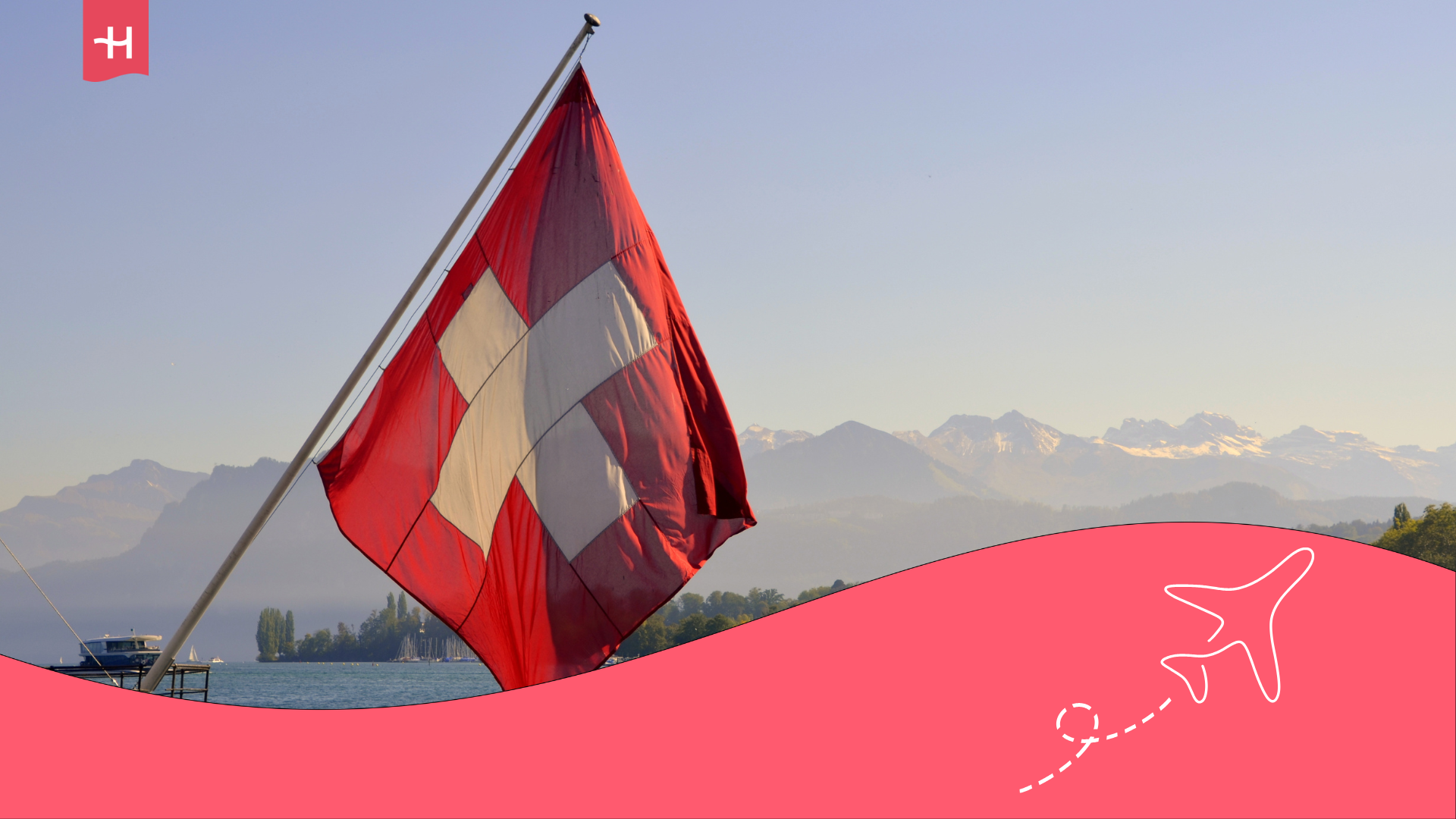Requirements to travel to the Philippines from the USA
Find out what the requirements are to travel to the Philippines from the USA, and some recommendations for your trip.
Before you start packing for all the incredible things to see in Manila and the rest of the country, it’s important to understand the requirements to travel to the Philippines from the USA. Here you’ll find the key information and helpful tips to make everything go smoothly at the airport, so you can focus on enjoying your trip from day one.
Here you will find an easy guide to the requirements based on the purpose of your trip, whether you are visiting for tourism, business, study, or planning to stay longer than a typical vacation. You will also get a clear explanation of the visa options, how immigration works in the Philippines, and practical tips to make your stay smoother, including how to keep a steady internet connection while you are there.
1. One-way plane ticket to the Philippines and return ticket to the United States
Your flight ticket is one of the essential requirements for entering the Philippines by air. Immigration officers may ask to see both your confirmed arrival flight and your onward ticket out of the country, especially if you are traveling for tourism or planning a short stay.
This document should show the date you plan to fly back to the United States or on to another country, and that date must fall within the time you’re allowed to stay. If you’re entering as a visa free tourist, you can usually remain for up to thirty days, so your onward flight needs to be scheduled before that period ends.
If you’re planning to keep traveling around Asia instead of flying straight back to the United States, an onward ticket to another country works just fine. What matters is having a confirmed, verifiable reservation that shows immigration officials you’ll be leaving the Philippines within the allowed time.
2. Tourist, residence, or work visas for the Philippines
The Philippines has a range of visa categories depending on why you’re traveling and how long you plan to stay. For most U.S. citizens and permanent residents, visiting is very simple: you can enter visa free for up to 30 days as long as your passport is valid for at least six months after you arrive and you can show a confirmed ticket out of the country.
However, if you plan to stay longer, study, or work, there are other types of visas that you must apply for before your trip:
- Tourist visa (9A): It allows you to extend your stay up to fifty-nine days initially, and after that, you can renew it every one or two months for up to a year. This option is ideal for those planning a longer vacation or visiting family.
- Student visa (9F): This visa is for travelers who have been accepted into an accredited educational institution in the Philippines. To apply, you need an acceptance letter, proof of financial means, and a medical certificate.
- Work visa (9G): This visa is for professionals or skilled workers who have a job offer in the Philippines. The employer is responsible for securing the necessary work permit from the Philippine Department of Labor and Immigration.
- Special Resident Visa (SRRV): This visa targets foreign retirees who want to live permanently in the Philippines. Applicants need to make a minimum bank deposit and show proof of steady income.
Each type of visa has its own requirements, so it’s a good idea to check the official website of the Philippine Embassy in Washington D.C. before applying. Long-term visas may also require a medical certificate and a police clearance, depending on the situation.
3. U.S. passport
A passport is required to enter the Philippines. It should be valid for at least six months from your planned departure date and have at least one blank page for immigration stamps.
When you arrive at the airport, immigration officers will check your passport and issue the appropriate entry stamp. If your passport is close to expiring, it’s best to renew it before your trip to avoid any problems.
Diplomatic or official passports may have different rules depending on the type of mission or any bilateral agreements between the countries.
4. Accommodation address in the Philippines
Immigration officers often want to know where you’ll be staying. Make sure you have the name of your hotel, apartment, or guesthouse, along with the city or island, ready to provide.
Most entry forms, like the Arrival Card, ask for this address before you go through immigration. While it’s not a visa requirement, it’s important so authorities know where you’ll be staying during your visit.
If you plan to stay in more than one place, you only need to provide the address of your first accommodation. For digital nomads or remote workers, you can list the address of a coliving or coworking space where you’ll be staying temporarily.
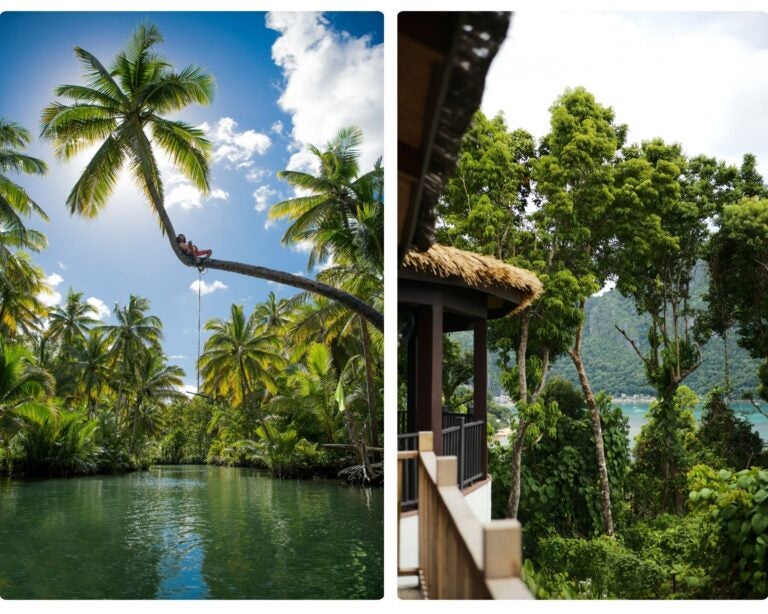
5. Passing immigration control in the Philippines
After landing in the Philippines, you’ll go through immigration, where officers check your documents, verify your identity, and confirm the purpose of your trip. At this stage, they may ask for the following:
- Valid passport.
- Departure ticket from the country within the permitted time.
- Proof of sufficient financial means to cover the stay.
- Accommodation address in the Philippines.
The process usually moves quickly when your paperwork is complete. Be polite and clear when answering questions, as officers are mainly just checking that your visit is short-term.
If you don’t meet the requirements, such as lacking an onward ticket or valid documents, you could be denied entry. That’s why it’s a good idea to carry both printed and digital copies of your important documents and keep them easily accessible.
6. Other requirements to consider depending on the type of trip
In certain situations, authorities may ask for proof of financial means, stable income, an invitation letter, or other documents supporting the purpose of your trip. This is common for those applying for longer-term visas, such as for study, work, or temporary residency. It’s a good idea to have both digital and printed copies of these documents ready in case immigration asks to see them.
If you’re traveling with professional equipment, such as high-end cameras or work instruments, you may need to declare them at customs to avoid issues when leaving the country. It’s a good idea to check the current rules from the Philippine Immigration and Customs authorities before your flight.
Tips for traveling to the Philippines
With the entry requirements covered, these tips will help you organize your trip, navigate the islands more easily, and handle any surprises that might come up while you’re in the Philippines.
Internet connection when traveling to the Philippines
Being connected is key for getting around with apps like Grab, checking ferry routes, or staying in touch with your hotel. For travelers from the U.S., a Holafly eSIM for the Philippines is the simplest option. It gives you unlimited data, activates with a QR code, and lets you keep your WhatsApp number so you can stay in touch just like at home.
If you plan to stay longer or work remotely from the Philippines, Holafly’s monthly plans let you share data across multiple devices, which is handy for stable connections in coworking spaces or while traveling between islands. You can check out the plans on Holafly’s website and pick the one that best fits your trip.
Important: If you are a frequent traveler and want to stay connected without worrying about expensive roaming or looking for a new SIM at every destination, Holafly’s subscription plans are for you. With a single eSIM, enjoy internet in more than 170 countries for a fixed price and no surprises on your bill. Travel without limits and connect easily and securely! 🚀🌍

Travel medical insurance for the Philippines
Travelers aren’t required to have health insurance, but it’s highly recommended. Private care in cities like Manila or Cebu can be expensive, and rural areas may have limited medical facilities. An international insurance plan lets you receive treatment for illnesses, handle accidents during water activities, or arrange medical transport if you need to travel to another island.
Some insurance plans also cover lost luggage, flight delays, or last-minute cancellations, which can be useful in a country where weather can disrupt air and sea travel. For longer stays, such as for work or study, having international health coverage is often a mandatory requirement for the entire duration of your time in the Philippines.
Recommended vaccinations for the Philippines
No vaccines are required to travel from the U.S., unless you’ve recently been in a country where yellow fever is a risk. In that case, you may need to show proof of vaccination to enter without restrictions.
For a safe trip, it’s a good idea to be up to date on vaccines like hepatitis A and B and tetanus, especially if you plan to visit rural areas, do water sports, or eat street food. Checking with a health center in the U.S. before you travel will help ensure you have the right protection for your itinerary.
Driver’s license in the Philippines
If you plan to explore large islands like Luzon or Mindanao by car, you’ll need a valid U.S. driver’s license along with an International Driving Permit (IDP). You can get this permit in advance in the U.S. through AAA or AATA, and it allows you to rent vehicles from reputable companies.
Having a car makes it easier to explore at your own pace and reach less accessible areas, but be aware that city traffic can be hectic and rural roads may be challenging for less experienced drivers.
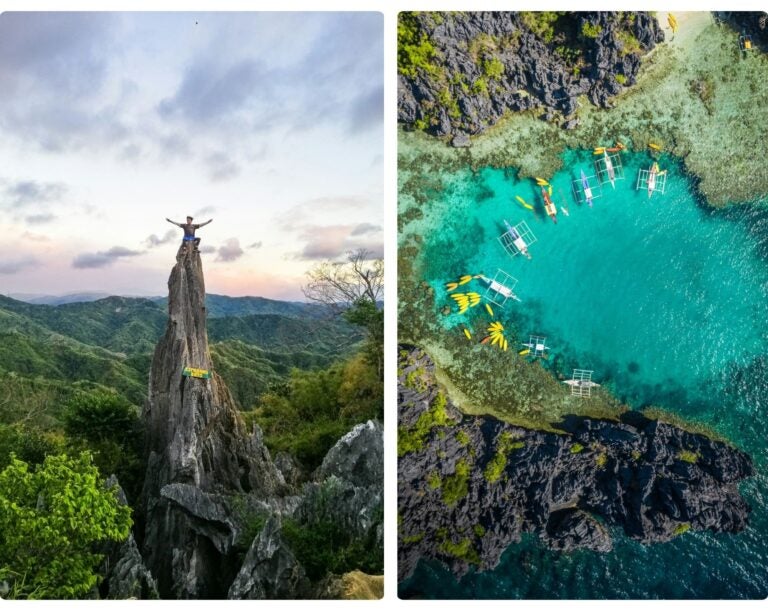
Frequently asked questions about requirements for traveling to the Philippines from the USA
You can stay for up to 30 days if you are traveling as a tourist and show a departure ticket within that period.
Yes. You can request an initial extension of twenty-nine days and continue to renew your permit for one or two months depending on your plans.
It is not a requirement for tourists, but it is highly recommended in order to access private clinics and cover emergencies.
Your U.S. passport must be valid for at least six months from your scheduled departure date.
Yes. Immigration authorities may request financial proof, especially if you plan to stay for more than thirty days.





 Language
Language 


















 No results found
No results found



